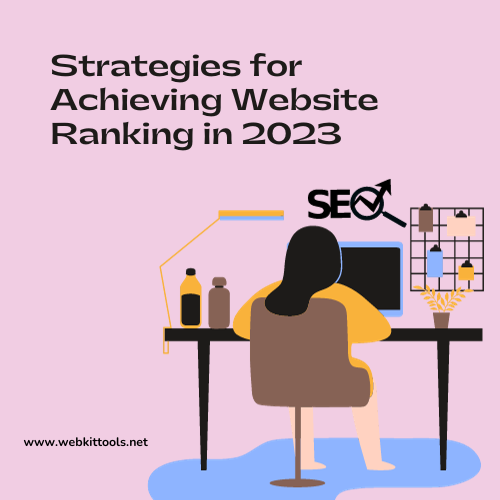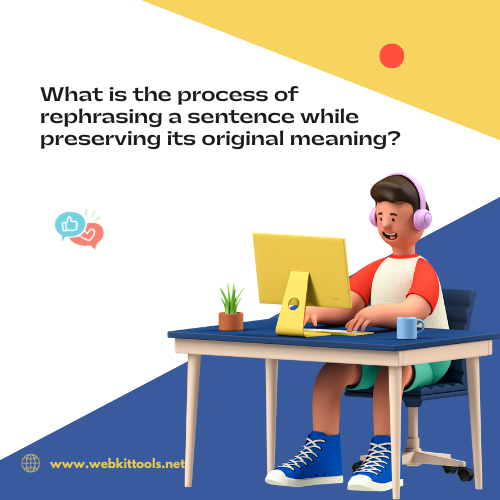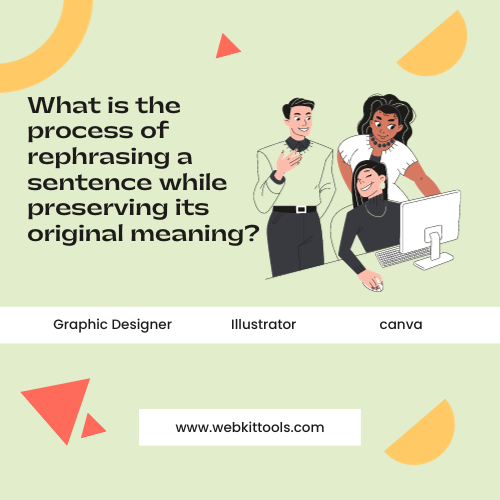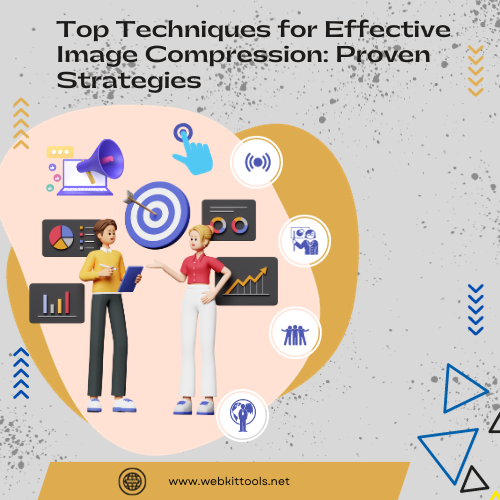5 Simple Methods to Enhance Web Image Optimization
.png)
Enhancing Web Images: 5 Simple Techniques for Optimization
Crafting visual content for websites stands as a prime technique to engage audiences and boost interaction. When discussing images, their potential to simplify text, create visual appeal, and convey context and information is notable. Yet, merely uploading images won't suffice for optimal outcomes. Neglecting image optimization can harm user experiences and search engine rankings. Research reveals that even a one-second delay can result in a significant conversion drop on your site.
To evade this issue and harness image benefits, implementing optimization strategies is vital. If you're uncertain about optimizing web images, this article provides 5 uncomplicated methods. These steps ensure efficient execution of image optimization. So, let's dive into them without delay.
1. Opt for the Correct File Type
Initiate the image optimization process by selecting the right file format. File type significantly influences image quality and size. Three primary image formats for websites include JPG, PNG, and GIF.
Understanding the strengths and weaknesses of these formats is crucial for making an informed choice. JPG, due to its compact size and quality, is often the preferred format. In case your images are in different formats, converting them to JPG is achievable within seconds using a converter tool.
2. Resize Images
Resizing images is another crucial optimization step. Overly large images can slow down loading speed and affect website performance. Hence, resizing images before uploading is essential.
Online image resizers are convenient tools for this task. Even without technical expertise, you can adjust image dimensions to suit your requirements.
3. Compress Image Size
Image size significantly impacts website performance and SEO rankings. Large images can slow down loading times, leading to higher bounce rates.
Image compression is a solution to this issue. Online image compressors help reduce image size without sacrificing quality. Dedicated tools like those from SmallSEOTools offer specific size compressions like 100KB, 50KB, 200KB, and 20KB.
4. Optimize Image Alt Text
Image alt text optimization is vital for web image optimization. Alt text provides descriptions of images for cases when images can't be displayed. This text also aids search engines in understanding image content and enhances accessibility.
Crafting descriptive, relevant alt text is important. Brief, keyword-rich descriptions improve search engine context understanding.
5. Implement Image CDN
Employing an Image CDN (Content Delivery Network) is a final effective strategy for image optimization. Image CDNs deliver images from a network of servers across the globe. This approach enhances loading speed and reduces bandwidth usage. The CDN resizes and compresses images based on user devices and connections.
In Conclusion
Optimizing web images is pivotal for maintaining competitive user experiences and search engine rankings. The 5 outlined methods, alongside corresponding tools, ensure successful image optimization without compromising quality.






